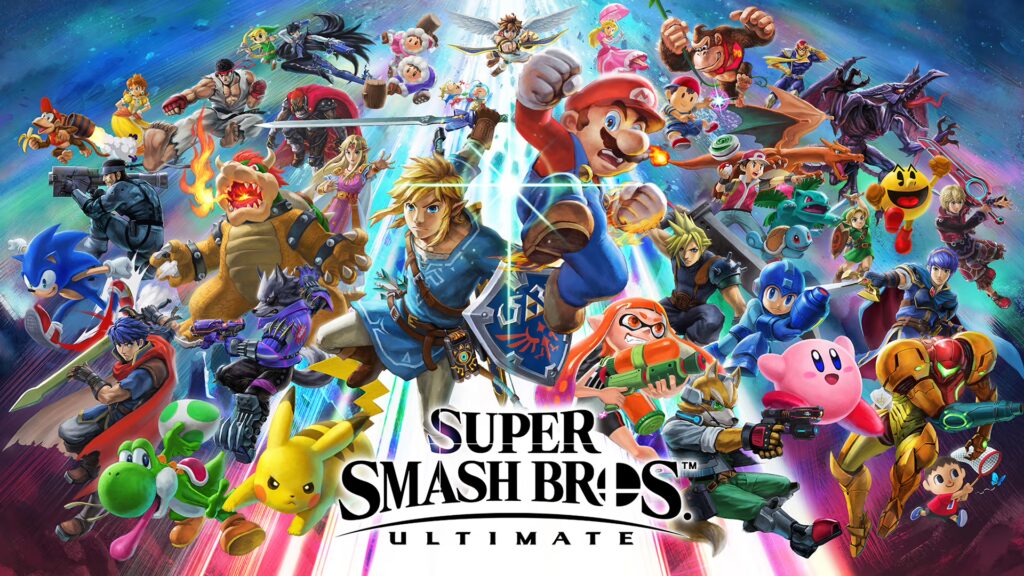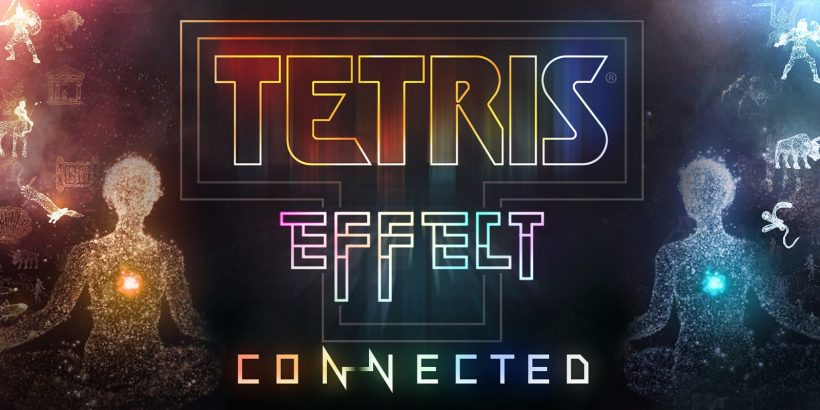Feel the intense focus, the split-second decisions, and the explosive power of a perfectly executed combo. Fighting games are the digital arenas where skill meets spectacle, where two (or sometimes more) combatants clash in a head-to-head battle of wits, reflexes, and precision. This genre distills the thrill of martial arts and competitive combat into a highly polished, endlessly replayable experience.
More than just button mashing, fighting games are a deep dive into character mastery, strategic spacing, and the psychology of outmaneuvering an opponent. Each fighter is a unique puzzle, with distinct movesets, strengths, and weaknesses to learn. Whether you’re aiming for a flawless victory or simply enjoying the flashy animations, fighting games deliver an immediate, adrenaline-fueled rush found in few other places.
This guide will explore the core tenets of fighting games, trace their evolution from arcade legends to global esports phenomena, and highlight the iconic titles that have shaped the competitive landscape. Get ready to step into the ring!
The Ultimate Showdown: What Defines Fighting Games?
Fighting games are built around direct, usually one-on-one, competitive combat in a limited arena. Key characteristics include:
- Head-to-Head Confrontation: The primary focus is on two players (or one player against AI) battling each other, often in rounds or stocks, until a victory condition is met (e.g., depleting opponent’s health bar).
- Diverse Character Rosters: A hallmark of the genre is a varied cast of fighters, each with unique fighting styles, special moves, abilities, and often a distinct personality and backstory.
- Skill-Based Gameplay: Success heavily relies on player skill, including:
- Timing: Executing moves at precise moments.
- Combos: Chaining together multiple attacks for devastating sequences.
- Blocking & Defense: Knowing when and how to defend against incoming attacks.
- Punishing: Capitalizing on opponent’s mistakes or missed attacks.
- “Reading” the Opponent: Anticipating their moves and adapting your strategy.
- Special Moves & Supers: Unique, often flashy techniques that require specific button inputs or meter management, adding layers of strategy and spectacle.
- Competitive Depth: Easy to pick up and perform basic moves, but extremely difficult to master, leading to a vibrant competitive scene (the Fighting Game Community, or FGC).
From Arcades to Global Stages: The Evolution of Fighting Games
The history of fighting games is deeply intertwined with the rise of competitive gaming, pushing both technical and gameplay boundaries:
- Arcade Origins (1970s – 1980s): Early pioneers like Heavyweight Champ (1976) and Karate Champ (1984) laid the groundwork. However, the true explosion came with Street Fighter (1987), which introduced special moves activated by complex joystick and button inputs.
- The Golden Age & Combo Revolution (Early 1990s): Street Fighter II (1991) was a global phenomenon, standardizing many genre conventions, including character rosters, unique special moves, and competitive matchups. Soon after, Mortal Kombat (1992) captivated audiences with its digitized graphics, brutal fatalities, and distinct aesthetic. These games, and many others, propelled the genre into the mainstream, fueled the “combo” system, and established the competitive arcade scene.
- The Leap to 3D (Mid-1990s): Virtua Fighter (1993) and Tekken (1994) ushered in the era of 3D fighting games, allowing for movement in a 3D space, which added new dimensions to strategy like sidestepping and environmental interaction. The transition brought stunning new visuals and character detail.
- Online Play & Esports Ascendance (2000s – Present): The internet fundamentally changed how fighting games were played, shifting competitive hubs from local arcades to online lobbies. The resurgence of Street Fighter IV (2008) revitalized the genre’s popularity and helped solidify the Fighting Game Community (FGC) as a major force in esports, leading to massive tournaments like EVO (Evolution Championship Series). Modern games continue to innovate with rollback netcode for smoother online play, robust training modes, and accessibility options.
Styles of Combat: Key Fighting Game Subgenres
The fighting game genre is diverse, offering a range of approaches to combat:
- 2D Fighters: The classic side-scrolling perspective, where movement is primarily horizontal and vertical. Known for precise inputs, intricate combos, and “footsies” (spacing and whiff punishing) (e.g., Street Fighter, Guilty Gear, The King of Fighters).
- 3D Fighters: Incorporate movement in three dimensions, allowing for sidestepping and intricate positioning. Often emphasize character-specific techniques and environmental interaction (e.g., Tekken, Soulcalibur, Dead or Alive).
- Platform Fighters: Focus on stage hazards, ring-outs, and a diverse cast of characters with unique movesets, often from various Nintendo franchises (e.g., Super Smash Bros. series).
- Tag Fighters: Allow players to switch between multiple characters during a match, creating complex team synergies and extended combos (e.g., Marvel vs. Capcom, Dragon Ball FighterZ).
- Arena Fighters: Often based on anime or comic book licenses, these 3D fighters provide more freedom of movement in larger stages, often featuring cinematic special moves and environmental destruction (e.g., Naruto: Ultimate Ninja Storm series, Dragon Ball: Sparking! ZERO).
- Weapons-Based Fighters: Incorporate diverse weaponry into the combat system, often with a focus on spacing and reach (e.g., Soulcalibur, Samurai Shodown).
Champions of the Arena: Must-Play Fighting Games
These titles are celebrated for their impactful gameplay, iconic characters, and contributions to the fighting game landscape:
- Street Fighter II (1991) / Street Fighter 6 (2023): The genre-defining classic and its modern masterpiece. SFII set the standard; SF6 revitalized it with innovative mechanics, a diverse roster, and robust accessibility for newcomers.
- Mortal Kombat 1 (2023) / Mortal Kombat 11 (2019): Known for its brutal, over-the-top violence, intricate lore, and engaging story modes, delivering a cinematic and visceral fighting experience.
- Tekken 8 (2024) / Tekken 7 (2015): The pinnacle of 3D fighting, renowned for its deep character customization, strong narrative, and focus on powerful, grounded combat with intricate movement.
- Super Smash Bros. Ultimate (2018): The ultimate crossover fighting experience, offering an enormous roster of beloved characters, accessible gameplay, and chaotic fun that appeals to both casual players and competitive enthusiasts.
- Guilty Gear Strive (2021): A visually stunning anime-style fighter with beautiful cel-shaded graphics, a fantastic rock soundtrack, and deep yet streamlined mechanics that are welcoming to new players.
- Dragon Ball FighterZ (2018): Arc System Works delivered a breathtakingly accurate and mechanically deep tag fighter that perfectly captures the look and feel of the Dragon Ball anime.
- Soulcalibur VI (2018): A weapons-based 3D fighter celebrated for its unique combat system, strong character creation, and compelling narrative that explores the history of its iconic swords.
- Killer Instinct (2013): Known for its aggressive, combo-heavy gameplay, dynamic music, and robust online netcode, appealing to players who love intricate combo execution.

Underground Brawlers: Underrated Fighting Games
Don’t miss these titles that pack a punch and offer unique fighting experiences:
- Skullgirls 2nd Encore (2012): A beautifully hand-drawn 2D fighter with incredibly deep mechanics, customizable team sizes, and a unique anime-inspired aesthetic.
- BlazBlue: Central Fiction (2016): Another Arc System Works gem, offering complex characters, intricate mechanics, and a rich, albeit convoluted, anime-style narrative.
- Samurai Shodown (2019): A return to a classic series, focusing on deliberate, high-damage combat where spacing and single powerful strikes are more important than long combos.
- Melty Blood: Type Lumina (2021): A fast-paced, high-mobility “air-dasher” 2D fighter with a dedicated community, known for its rapid combat and unique moon-style mechanics.
- Virtua Fighter 5 Ultimate Showdown (2021): A modern re-release of a classic 3D fighter, revered for its pure, technical gameplay, realistic martial arts, and emphasis on fundamentals.
Why We Enter the Fray: The Enduring Appeal of Fighting Games
The magnetic pull of fighting games lies in their ability to provide:
- Pure Competition: A direct test of skill, strategy, and reflexes against another human opponent, leading to exhilarating victories and motivating losses.
- Skill Mastery: The deep satisfaction of learning a character’s intricate moveset, executing complex combos, and adapting to different playstyles.
- Personal Expression: Each player develops their own unique style, combining character choices and execution to reflect their personality.
- Community & Rivalry: The FGC thrives on local meet-ups, online tournaments, and the shared passion for mastering these games, fostering friendships and intense rivalries.
- Spectator Appeal: High-level fighting game matches are incredibly exciting to watch, akin to a digital martial arts showdown.
Conclusion: Ignite Your Fighting Spirit!
Fighting games are a testament to skill, precision, and the raw thrill of competition. They are a timeless genre that continues to innovate, offering endless depth and a vibrant community united by the pursuit of mastery.
What’s the one fighting game character you’ve truly mastered? Which virtual arena holds your most memorable victory?
Now that you’ve explored the intense world of fighting games, we’d love to hear about your clashes and triumphs! Head over to our Review Page to share your personal reviews of your favorite fighting titles, discuss your most epic combo moments, or simply tell us what makes you step into the digital arena!





Leave a Reply